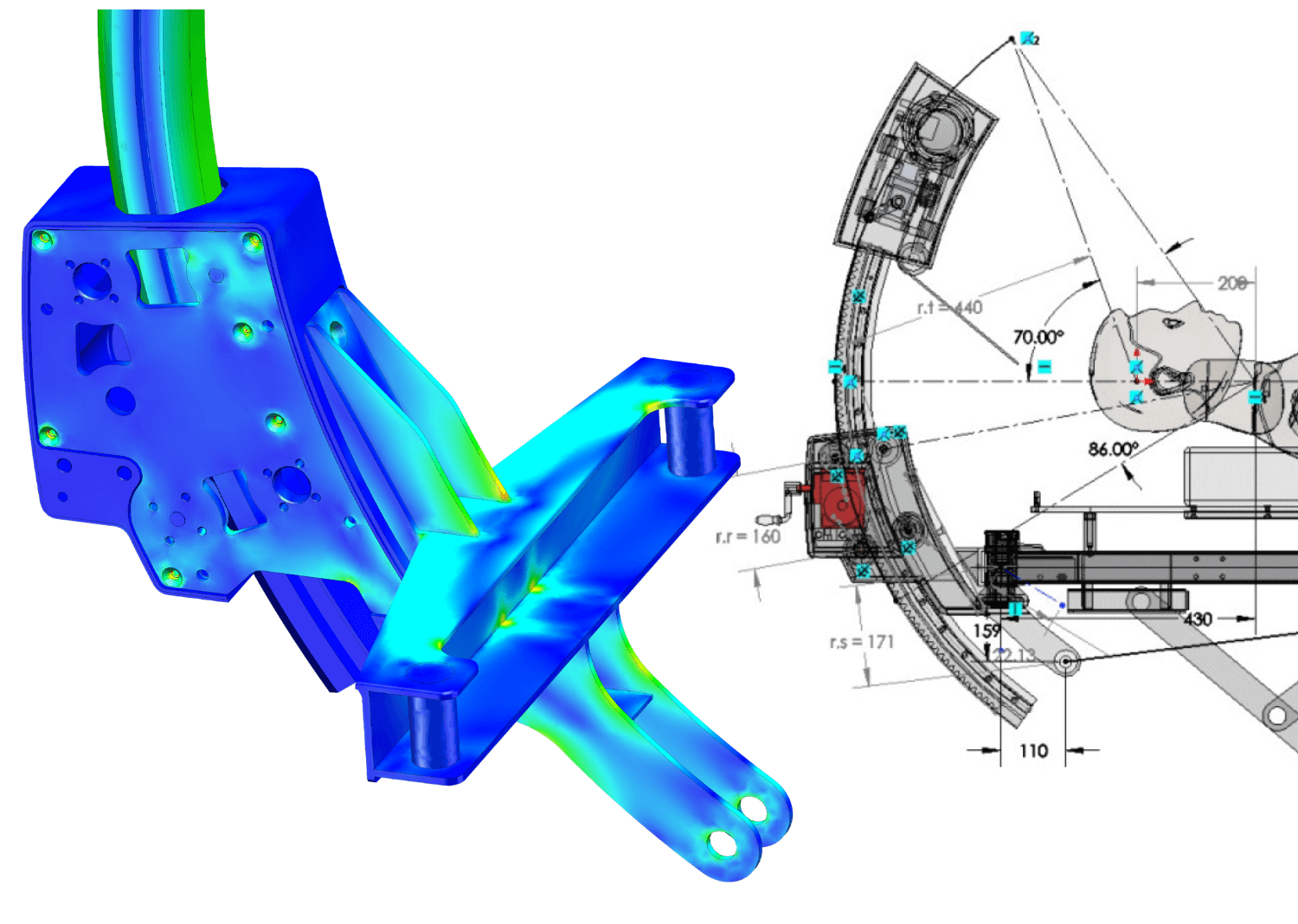CASE STUDY | Spinal Traction Unit
THE CHALLENGE
The social and economic costs of spinal injury in New Zealand are significant. International research has demonstrated that permanent injury or paralysis caused by low velocity injury can be avoided if the spine can be put back into the correct position within four hours of injury. Low velocity injuries tend to occur during activities like rugby, trampolining, diving, and play-fighting.
Spinal consultant Dr Raj Singhal envisioned a way to limit the devastating consequences of spinal injury. In conjunction with the Canterbury District Health Board (CDHB) Medical Physics and Bioengineering department, he designed and developed a prototype that realigns a dislocated cervical spine, reducing the compression on the spinal cord and providing the best possible chance of recovery.
After validating the concept, a formidable team was formed:
- Dr Singhal provided the intellectual property and ward-level medical industry knowledge.
- Ossis Ltd provided certification and product knowledge.
- Caliber Design provided project management, engineering, and production services; and are now a Joint Venture Partner in the project.
- Howard Wright Ltd provided valuable industry knowledge and strong support for the device to integrate with its innovative hospital beds.
- NZ Health Innovation Hub (NZHIH) and the Canterbury District Health Board (CDHB), through Via Innovation, provided investment funds and validation advise to see the first two production prototypes into service in the New Zealand health system.
This project presented significant engineering challenges and required rigorous engineering. The solution was required to be:
- suitable for all body sizes
- capable of small and accurate load adjustments
- smooth and quiet to operate
- simple to operate by hand
- not reliant on external power
- optimised to integrated with Howard Wright’s innovative hospital beds
The curved mast was a critical design feature because it allowed the extension and flexion to act through the centre of the dislocated spine. But this feature alone provided some significant challenges; it required under-bed clearance, 100kg load capacity throughout its range, and integration and load transference into existing beds.
Caliber performed advanced risk assessment calculations using FEA, produced patent drawings and operations manuals, and maintained the design history file.
Of course spinal injuries don’t just happen in the city where expert help is at hand. This bed has been designed so that it is affordable enough, and simple enough to use, that it could be used within provincial New Zealand (for example), where the injuries are happening.
The right intervention at the right time can mean the difference between life in a wheelchair and walking again.

THE SOLUTION
The end result is the life changing device Dr Singhal envisioned. The design and operation are simple and the approach is effective. Two production prototypes have been made and are being trialed at Burwood Hospital in Canterbury and Middlemore Hospital in Auckland.



